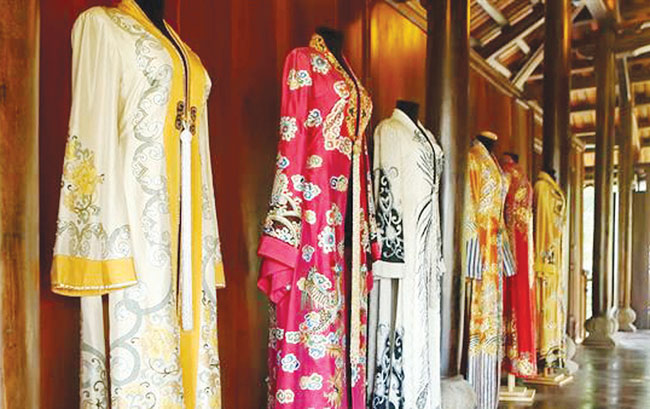Growing up in the upper middle class of Orange County, my views of the Hmong and interaction with the Hmong community was limited. First, not many Hmong live in Orange County and the limited interaction that I did have was with 15-20 families at my family church. Although once home to a large resettlement of Hmong people, many moved out due to high cost of living. Despite the changes in the Hmong community, Orange County is vast and diverse. Ethnically rich to be honest and a melting pot of all sorts of cultures. These diverse interactions gave me a great appreciation to be culturally sensitive and appreciative of others, yet despite these riches, I did not know of my own culture. Often, I was the only Hmong person in my school. Explaining my roots was complicated as others made fun and bullied me for being someone who didn’t belong or identified as them. What I knew of the Hmong was taught through my church. However, the views of Christianity didn’t teach much of the Hmong history or suffering from the war, but rather it was from the suffering that many Hmong converted to Christianity. My families' views/traditions aligned with the church which limited my world view of the Hmong. My interactions with the Hmong community was once a week for 2 hours in church and this was the extent of my upbringing in the Hmong community. Growing up, I heard of the Hmong living in population dense areas, yet never knew of how they lived or struggled as a community. Sadly, the only Hmong traditions that I knew of was of those taught in the church. It wasn’t until just recently, that my husband’s uncle passed away that I attended my first traditional Hmong funeral. It was a culture shock experience for me.
Instead of studying corporate struggles to improve health outcomes, patient safety and providing access to underserved patient populations, I decided to change my research topic this year to focus on something that is near and dear to me, my people. I know that the Southeast Asian (SEA) community has been struggling with improving their health outcomes and there are many barriers Western healthcare providers do not understand. Even more challenging is the lack of culturally and linguistically appropriate resources for the SEA community. I may not understand my own people, I may not understand their struggles, but what I do know, is that if I do not take the time understand and find ways to help my people then no one will (most researchers focus their research on other larger ethnic minorities, not the invisible SEA communities that are buried among Asian Americans). Which explains why I choose to take ASA150E. I wanted to understand the issues that stems from the historical context that impacts how many SEA families struggled and how such struggles continue to impact them today.
Interestingly, as blatant as Professor Valverde has mentioned numerous times in class, American history and academics does a poor job at teaching history, especially the history of Southeast Asians. Of all the interesting stories and facts taught in class, by far, the lack of adequate historical context on Southeast Asians rang loud and clear all quarter long. Although this class was just a small glimpse into the struggles of different SEA communities impacted by the Vietnam War, I know I have my work carved out for me and this is just the beginning. I hope my goals to continue to study and have a better understanding of Asian American Studies in ASA 189B Spring quarter will provide me additional knowledge of Asian Americans and the impact their culture has on understanding and accustoming to Western culture and views. Meanwhile this quarter went by rather quickly, one valuable thing I did learn was to never take anything at face value. Like they say, there is always two sides to the story, but the story depends on who's telling it.

This is the only photo I was able to find of my mom and her family right before they came to the United States. At the time they were in the Hmong refugee camps in Thailand in 1976 or 1977. No one really talks about this experience. Some too young to remember, others just block the memory out of their mind. My mom is the oldest of 10. She's the one standing on the far right.






